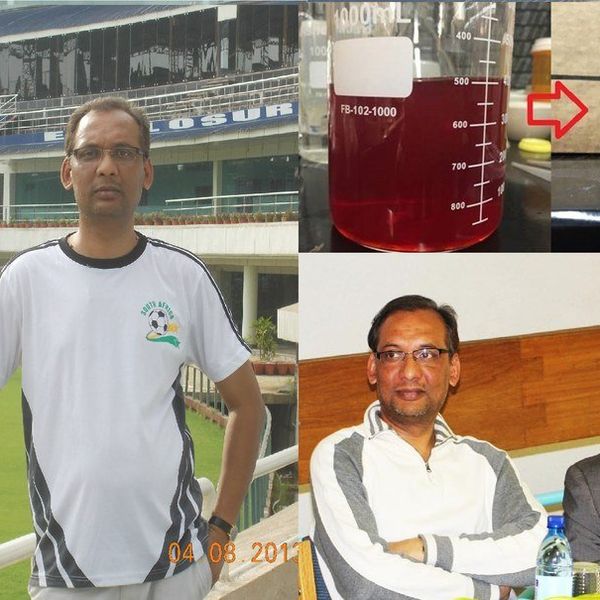Genetically editing food is becoming more prevalent within our society, and has the potential to revolutionize our food system. A genetically edited organism (in this case food) does not have added DNA that comes from another organism, like GMOs. Instead, it has genes from other types of the same food, has a gene taken away or altered using a technology called Clustered Regularly Interspaced Palindromic, or CRISPR. CRISPR edits the DNA of seeds by deleting sections or silencing certain traits so that the crops can better sustain harsh environments, be impervious to bacteria and fungi, and provide more nutrition to consumers. There is much controversy regarding the difference between genetically edited foods and GMOs and question over whether or not the safety and effect of these on the overall health of consumers is made different by the new technology and technique with which the foods are altered.
There are several foods that have been genetically edited, including apples, potatoes and mushrooms. The edits in apples and potatoes are done using only genes from other varieties of apples and potatoes instead of introducing foreign genetic material. The mushrooms, which have genes deleted and not added, contain no foreign DNA. These foods are edited to eliminate the enzymes that cause browning and even alter the food’s nutrition. Genetically edited foods such as these could greatly appeal to consumers with their extended shelf life. Genetic editing also has the potential to reduce the waste that stems from food production, reducing the food that is thrown away due to browning or small bruises at every step of the process. This consumer-based interest differs from that of GMOs, which are targeted more towards the growers and generally designed to reduce the use of pesticides and increase yields, rather than alter the shelf lives of the products themselves.
Despite the positive potential of these genetically edited foods, many people in the anti-GMO camp find themselves to be as concerned with genetic editing as they are with genetic modifying. The main concerns that people have over GMOs are proper research regulation, gene contamination and the spread of allergies. Many reviewers find that the process for regulating GMOs is inconsistent, approving some potentially harmful foods and regulating harmless ones using a less-than-science based process. However, the edited mushrooms, which do not classify as GMOs, are not regulated in the same way that other altered foods are because they change DNA without adding any. This subjective definition of both the words “editing” and “modifying” could change the landscape of future food production. The concerns that GMOs are not properly regulated and that they could contaminate other plants unintentionally are the same for genetically edited foods.
More foods will be altered genetically but not regulated by the government before they are consumed, having unforeseen and unintended consequences that stem from the editing process. The DNA sequence is complicated, and changing it could have “non-target effects” on parts of the DNA other than those that are intended. This could create foods that have the potential to harm the people that eat them. So, while there are positive aspects to gene editing, they are not much different from GMOs, producing similar possible effects and sharing many of the same controversies.





















